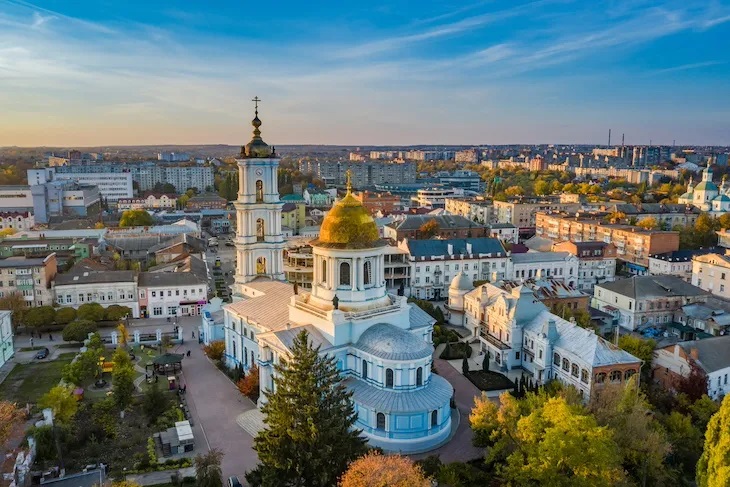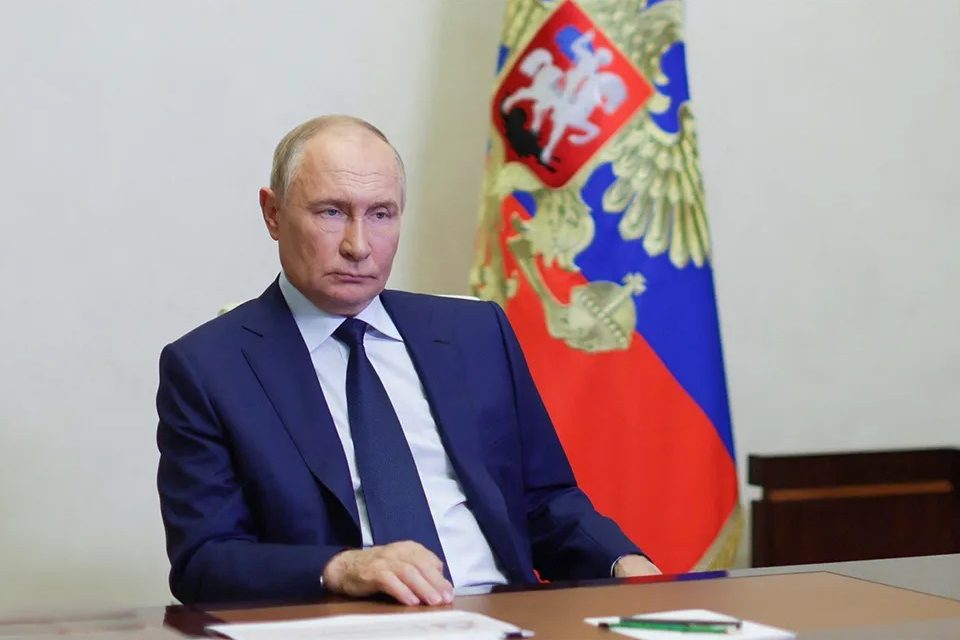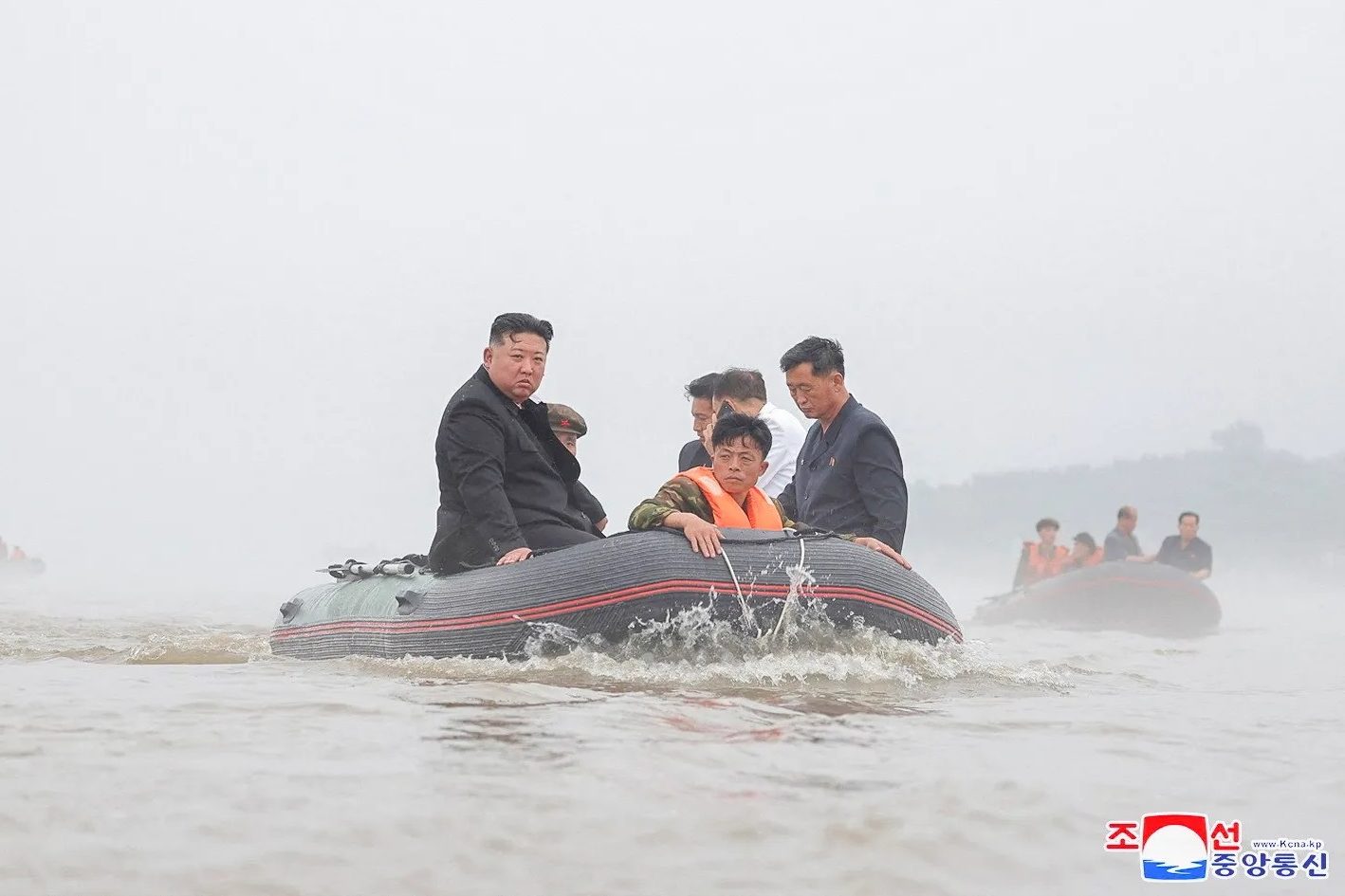Sumy, Ukraine
In the city of Sumy, the jumping-off point for the Ukrainian attack on Russia’s Kursk region, the night is punctuated by the sound of explosions, the staccato fire of anti-aircraft batteries, and occasionally the whir of Iranian-made Shaheed suicide drones.
In a parking lot in the east of the city a dozen cars were burned to a crisp on a recent Saturday morning, incinerated by one of Moscow’s Iskanders, a hypersonic missile that travels at Mach six and has a range of more than 300 miles.
Meanwhile in a basement cellar in the city dozens of young Russian conscripts, taken prisoner in Kyiv’s recent land-grab, were being questioned, treated for injuries and shown to western journalists.
You might be forgiven, then, for thinking that Sumy, founded by Cossacks in the seventeenth century, is the picture of a city at war.
But between the drone and missile attacks hours, and occasionally days, go by. At times life in this city of 250,000 quickly returns to something approaching normal.
The cafés fill up, and in the municipal market shoppers browse everything from pickaxes, to fresh fruit and vegetables and home-made honey, to a bewildering array of sunflower seeds.
On the streets young women promenade, teenagers slouch over their phones on park benches, and a steady stream of slow-moving pensioners go about their daily chores. The parks are full with children playing on the swings and the slides.
Sumy is not an unattractive city. Built at the confluence of the Sumka and Psel rivers, it is a somehow winning combination of elegant turn-of-the-century buildings and crumbling communist-era monstrosities.
Its center is dominated by several huge churches, each of which are layered like wedding cakes and resplendent in blue and gold. Some of them still attract respectable congregations.
There is a busy central park and a smattering of trendy cafés and good restaurants where a fine meal can be had for the price of half a sandwich in London or Washington.
Reporting from the city, and on the offensive thirty miles to the north, carries with it a certain quotidian logic. Each day begins with a scan of Telegram channels which give local updates and news of fresh air strikes.
Then its out into the city itself on foot, or off into the villages to the north by car. There civilian traffic thins out, military vehicles, some of them heavily-armored, dominate, and sometimes there are the sounds of explosions.
Last weekend was, in many ways, typical. On Saturday my colleague and I began by inspecting that morning’s Iskander strike.
Like most urban centers in the former Soviet Union, the heart of Sumy is surrounded by mile upon mile of dreary housing blocks and it was among these that the rocket had landed and blown a hole in the asphalt several feet deep.
Near the dozen or so burned-out cars Oleh, who was in his late twenties and worked for the ministry of emergency services, was answering questions from a small handful of journalists.
On his head he wore a combat helmet with kitschy slogans attached to the sides with velcro. “My mom thinks I’m special,” read one of them in English. “That’s a terrible idea — when do we start?” read another.
Amazingly, given the scope of the damage, only one person had been hurt in the Iskander attack. He was hit by flying glass in the apartment building opposite.
I talked to Vasil, a sixty-five-year-old retired construction worker, who was staring at the scene of destruction. Born in Sumy, he had married an ethnic Russian and said he had lots of Russian friends until the war began in 2014.
“Then my wife’s relatives started calling me and saying they were coming to liberate me from the Nazis,” he said. “It caused a lot of tension between us.”
Back in the city center the air raid alert sounded, but no one paid the slightest attention. Young women strolled casually with ice cream. Mothers unhurriedly pushed strollers. One young mom stopped to breast feed on a park bench.
Later a missile, or possibly a drone, was shot down above the city, leaving a twisting contrail of fading white smoke. Two old ladies stopped for a moment and looked up: “I suppose it’s because of Kursk,” one said. The other nodded phlegmatically.
I returned to my miniscule hotel room with my spoils from the market: a small pot of honey and a box of blueberries. A few minutes later, my colleague told me he could hear a Shaheed suicide drone hovering overhead.
“Someone should really shoot it down,” he said without much urgency, as if it was a lightbulb that would eventually need changing.
The calmness in his voice was not bravado, nor even bravery, just an acceptance that life in today’s Ukraine carries unusual and ever-present risks.
And the only appropriate response — if you don’t want to spend every day in a fit of jitters — is casual, low-key defiance. It is a quality that the Ukrainians have in spades. And that, in itself, is a victory of sorts.
This article was originally published on The Spectator’s UK website.

























